Canada and the Call 1914
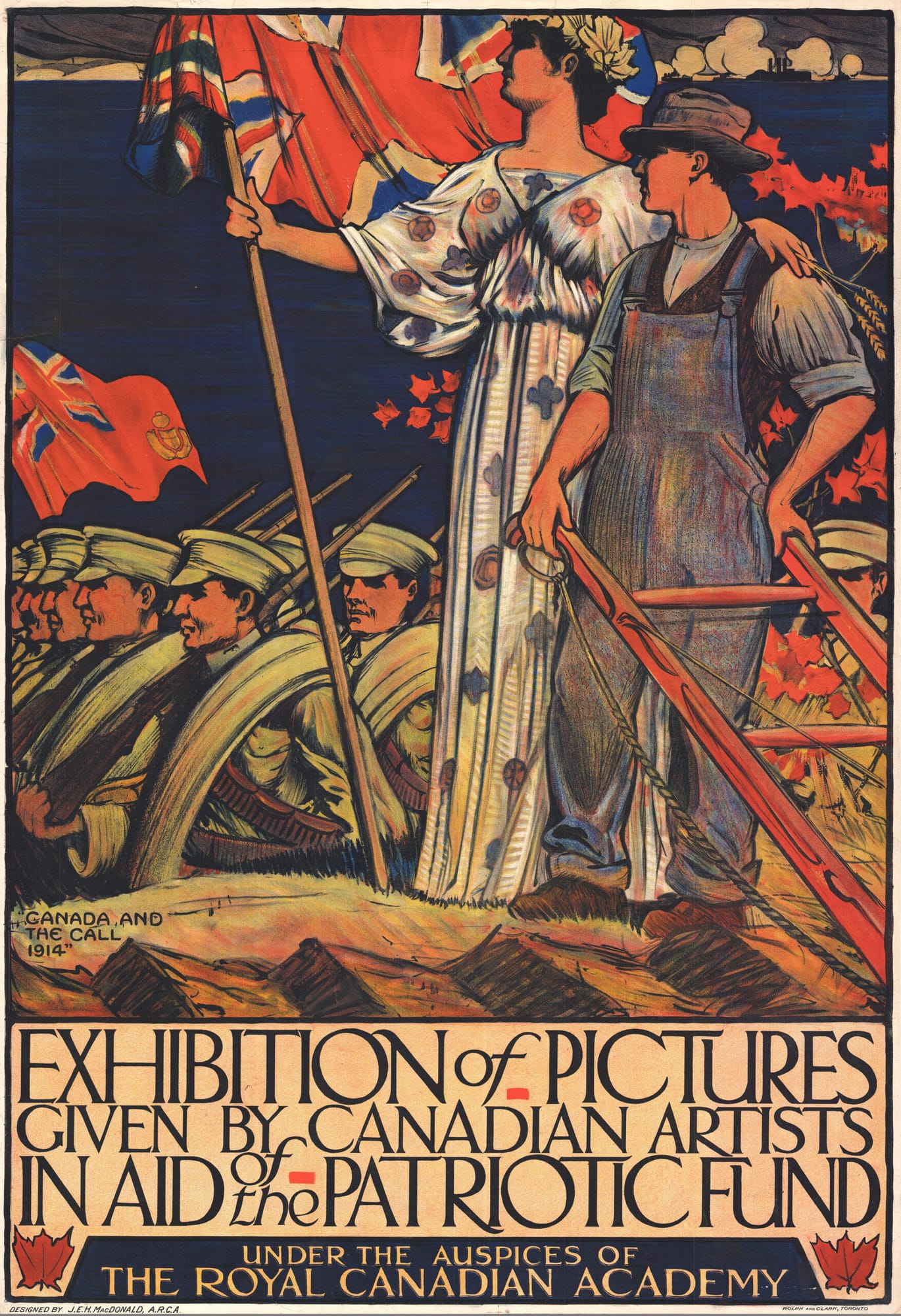
J.E.H. MacDonald, Canada and the Call, 1914
Colour lithograph on wove paper, 108 x 73.5 cm
Canadian War Museum, Ottawa
J.E.H. MacDonald (1873–1932), an accomplished graphic designer, created Canada and the Call soon after the outbreak of the First World War. Though traditional in message, the poster was contemporary in design, a mix of both symbol and reality.
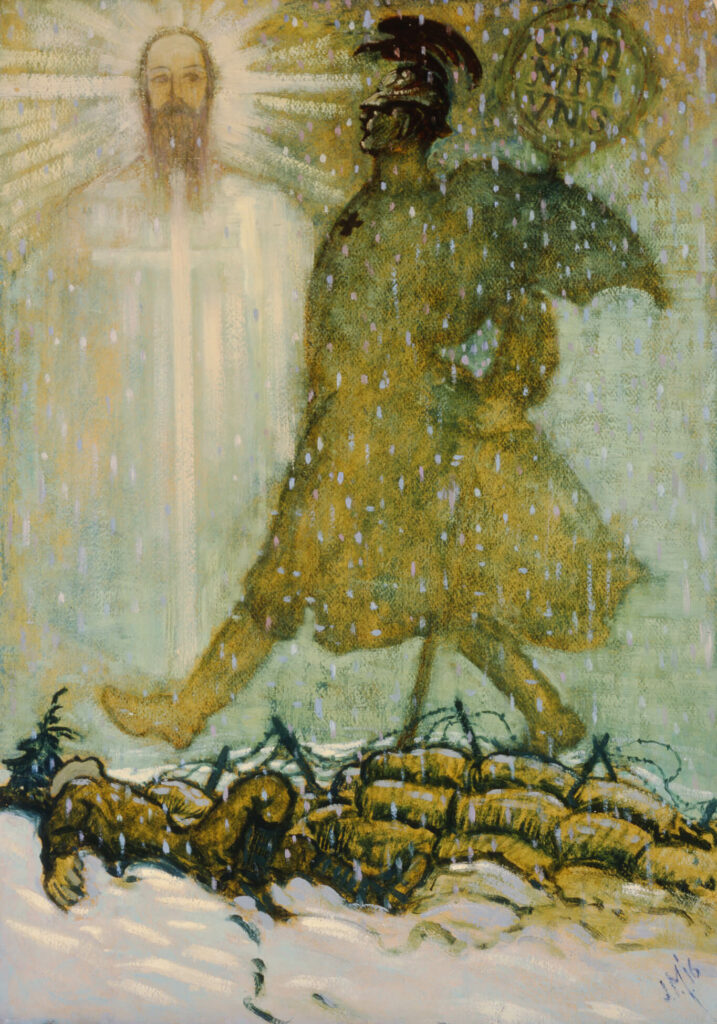
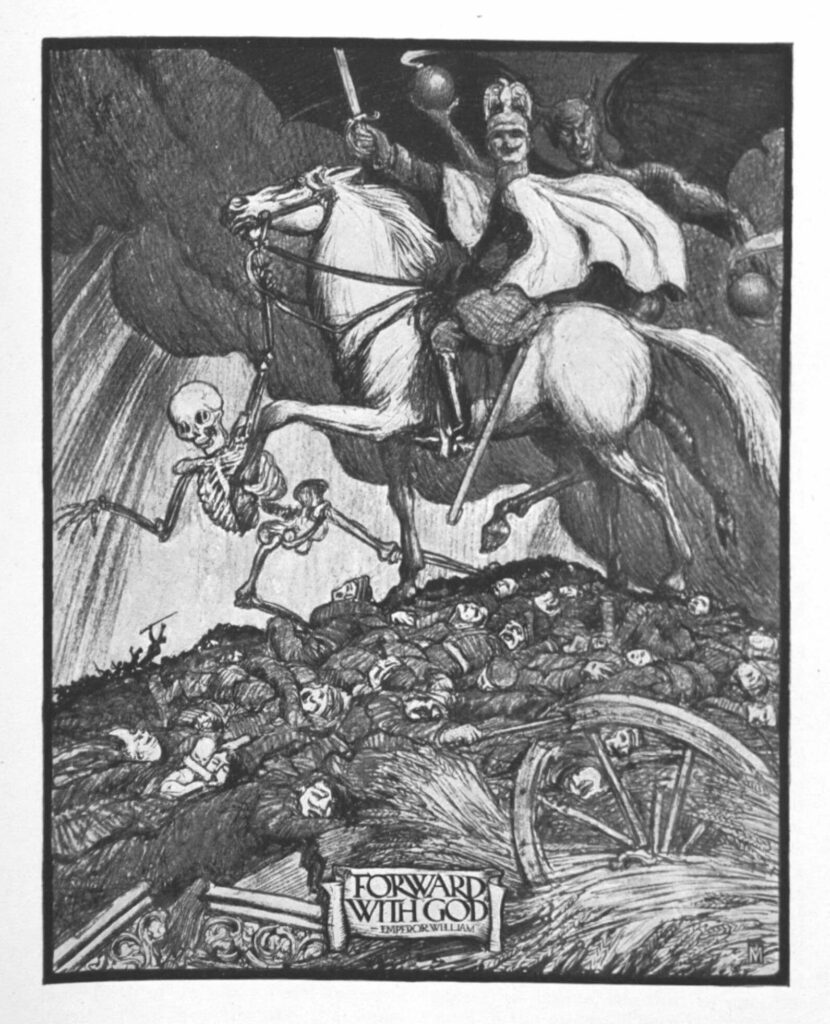
Canada, represented by a woman dressed in a long, white robe emblazoned with French fleurs-de-lis and English red roses, holds the British flag aloft. Circling her head is a victory wreath of bronze maple leaves, which, as living red versions, also flutter behind her against a deep blue sea. In the distance, ships firing guns defend the white cliffs of southeast England. The figure is supported by agriculture in the form of a farmer taking a break from ploughing. Behind them march soldiers accompanied by the Canadian flag of the time—the Red Ensign.
Graphic art and posters were important during the First World War as a means of propaganda and of raising money through sales to support the Canadian War Memorials Fund. Intended as a promotional poster for the Canadian Patriotic Fund, Canada and the Call advertises an exhibition of paintings organized by the Royal Canadian Academy of Art.
MacDonald was good at this kind of work, influenced as he was by the complex and colourful decorative patterns of the international Arts and Crafts movement. However, he also created illustrations that are far more visceral in style. Spirits of Christmas – No Man’s Land, 1914, shows the dark side of his thinking and imagination in wartime, with the brutal German emperor trampling over the bodies of the battlefield dead; a similar subject appears in his illustration The Kaiser’s Battle Cry from the same year. After the war, MacDonald became a founding member of the Group of Seven.

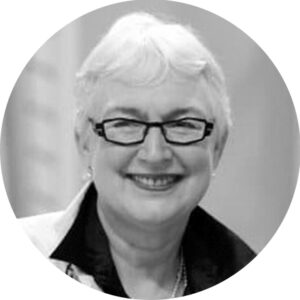 About the Author
About the Author
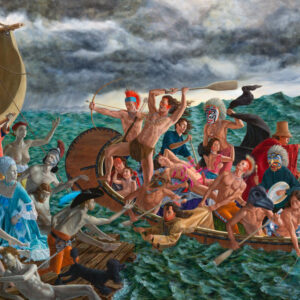 More Online Art Books
More Online Art Books
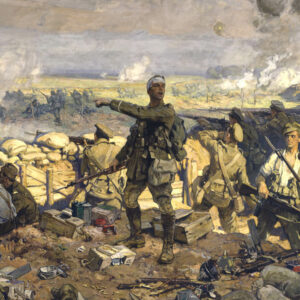 Acknowledgements
Acknowledgements